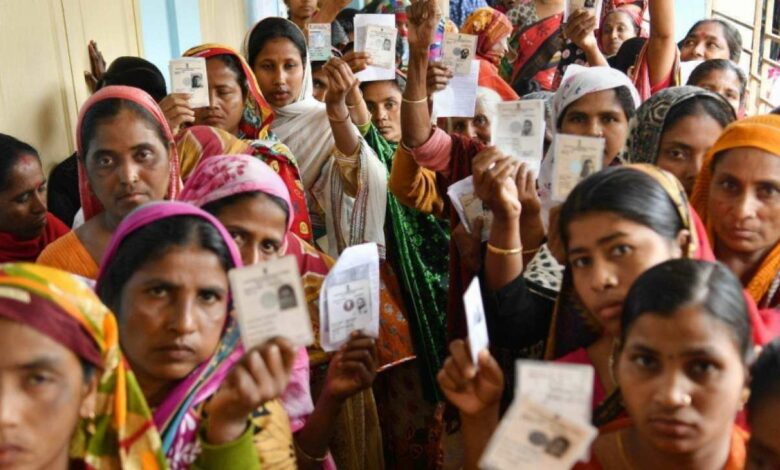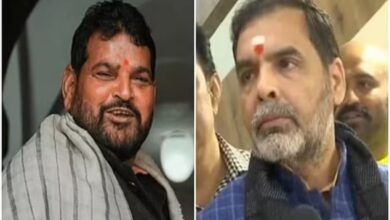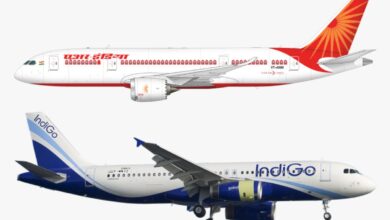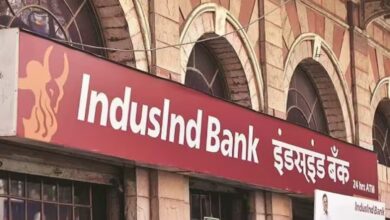Everybody is talking about the West Bengal elections but nobody talks about its slowdown economics

The chief minister of West Bengal Mamata Banerjee may be battling her big elections; the raising of her rivalry is not just the politics of the BJP versus Trinamool, but also the economy of the state.
Banerjee’s banners are all about corruption and rival philosophies at a local level, as they are about stagnant industrialization, slow credit expansion, almost freezing of new jobs, low infrastructure creation, and farm spending. West Bengal’s GSDP growth in 2019-20 was 7.26 per cent, higher than the national figure of 4.0 per cent for the same year, but it was lower for four of the five years from 2015-16 to 2019-20.
West Bengal is one of the worst performers in terms of bank credit expansion, according to RBI numbers. Though aggregate credit of scheduled commercial banks increased by 20% in India between the fourth quarters of 2018 and 2020, West Bengal only saw a slow 10.6% rise. West Bengal was the only state to rise slower than Goa and Punjab. Not only did West Bengal have one of the slowest growth rates for bank credit over the two years, but it also had one of the slowest growth rates for bank deposits. Though deposits grew 19.8% across the country during this period, they grew 14.1% in West Bengal.
Derek O’Brien, the chief of the Trinamool Congress in the Rajya Sabha, said that Modi-Shah and their Tourist Gang can’t compete with us on real indicators of good governance and legitimate growth.
However, in the fourth most populous state, high unemployment rates may be a challenge. According to CMIE statistics from February 2021, West Bengal had an unemployment rate of 6.2 per cent, which was higher than many states but lower than the national rate of 6.9 per cent — the state was ranked 17th out of 27 states. The state still has low daily incomes and per capita income. While Rs 294 was the national average non-agricultural regular wage in 2020, the study by Care Rating shows that West Bengal’s wage rate had dropped nearly 8.5 per cent. It stood for Rs 670 and Rs 438 for Kerala and Tamil Nadu, respectively. The Rs 1.16-lakh figure was also 16% lower than the national average for West Bengal per capita income.
There are glaring holes in West Bengal with MSMEs, a crucial indicator for local business and employment. In 2015-16 the state had 88.67 lakh MSMEs, just the second from Uttar Pradesh, according to the NSS 73. The MSMEs employed approximately 1.35 crore people. But West Bengal does not appear anywhere in the list of top 10 states, based on the study of 13.47 lakh companies that have completed the process of registration of MSME Udyam – under the Ministry of the MSME – until 31 December 2020. Maharashtra, Tamil Nadu, Gujarat, Rajasthan, and Uttar Pradesh are among the top five in the ranking. West Bengal had just 27,776 MSMEs with Udyam registration and had an average of 5.84 workers.
The state offers a mixed bag for social and growth indicators. Official data indicates that while government expenditure on education and rural/urban growth areas are above the national average for 2019-20, the budget for highways, health, and farming is lagging. Social service expenditure — covering education, health, recreation, art and entertainment, infrastructure, water supply, jobs, and other sectors— has steeply risen from 16.34% in 2016-2017 to 19.42% in 2018-2019 as a share of overall expenditure. In 2019-20, it decreased slightly to 18.83%. In 2019-20 the proportion of agriculture fell sharply. In fact, in six years to March 2020, the share of agricultural expenditure in total expenditure was the lowest. Also, physical infrastructure spending fell by 3.33% in 2019-20 – the lowest in the last five years, which represents a fall in 2019-20. The state’s health spending is slightly less than the National Average of 5.3 per cent for the same timeframe, at 5.1 per cent of the 2019-20 investment (Budget Estimates). In 2019-20, West Bengal has allotted 5.1% of its agricultural and allied budget, which is slightly less than the total 7.1% allocation put together by all nations. The Government spent 16.8% of its education budget for BE 2019-20, above the average of 15.9% for 29 countries in 2019-20 BE.
In the front of rural growth, the national budget is far higher than the national average. West Bengal allocated 10,1% of the rural development budget in 2019-20 BE, well above average rural development allocation by states of 6,2%. In terms of economic growth, West Bengal allocated 5% of its expenditures for 2019-20 BE, which is 3.4% higher than the country’s average urban development allocation. According to PRS Legislative Research and West Bengal budget papers, the State spending on roads and bridges is 2.3% for 2019-20 BE slightly below average for all states at 4.2% in the same year.
Capital expenditures as a proportion of overall expenditure grew continuously between 2016-17 and 2018-19 from 7,96% in 2016-17 to 12,18% in 2018-19. But in 2019-20, it fell dramatically to 8.43%. The state government is accused of failing to execute Central Plans, such as PM Svanidhi Yojana, Ayushman Bharat, and PM Samman Nidhi Scheme.
According to the PM Svanidhi portal the banks in West Bengal only paid Rs 2.07 crore to 2,093 persons, while the overall Rs 1,978 was disbursed to 19.99 lakh applicants under this program. It was initiated in June 2020 to help suppliers cope with the pandemic. The system is a micro-credit system providing street vendors with a Rs 10,000 non-collateral loan at concessional rates.




